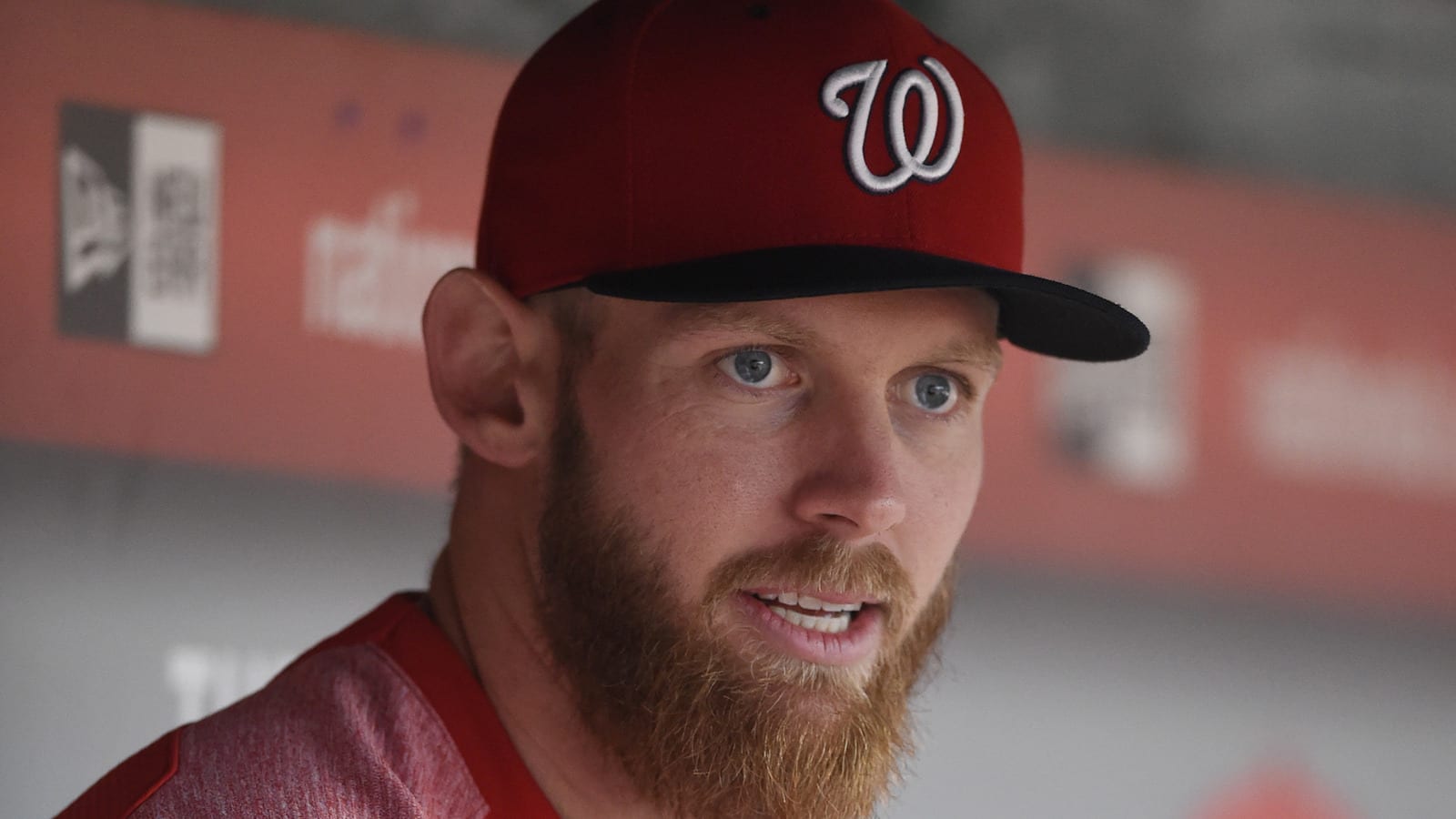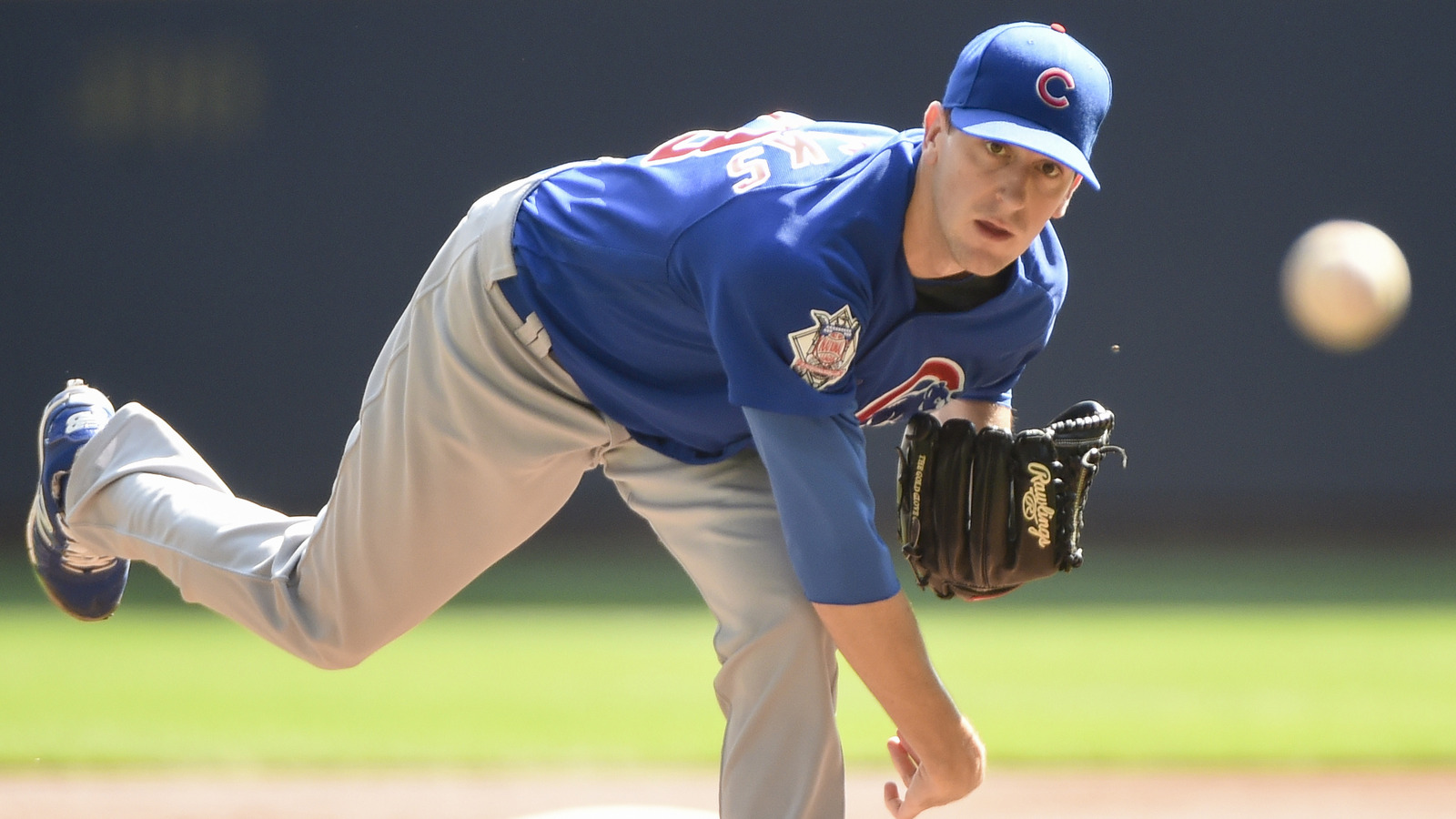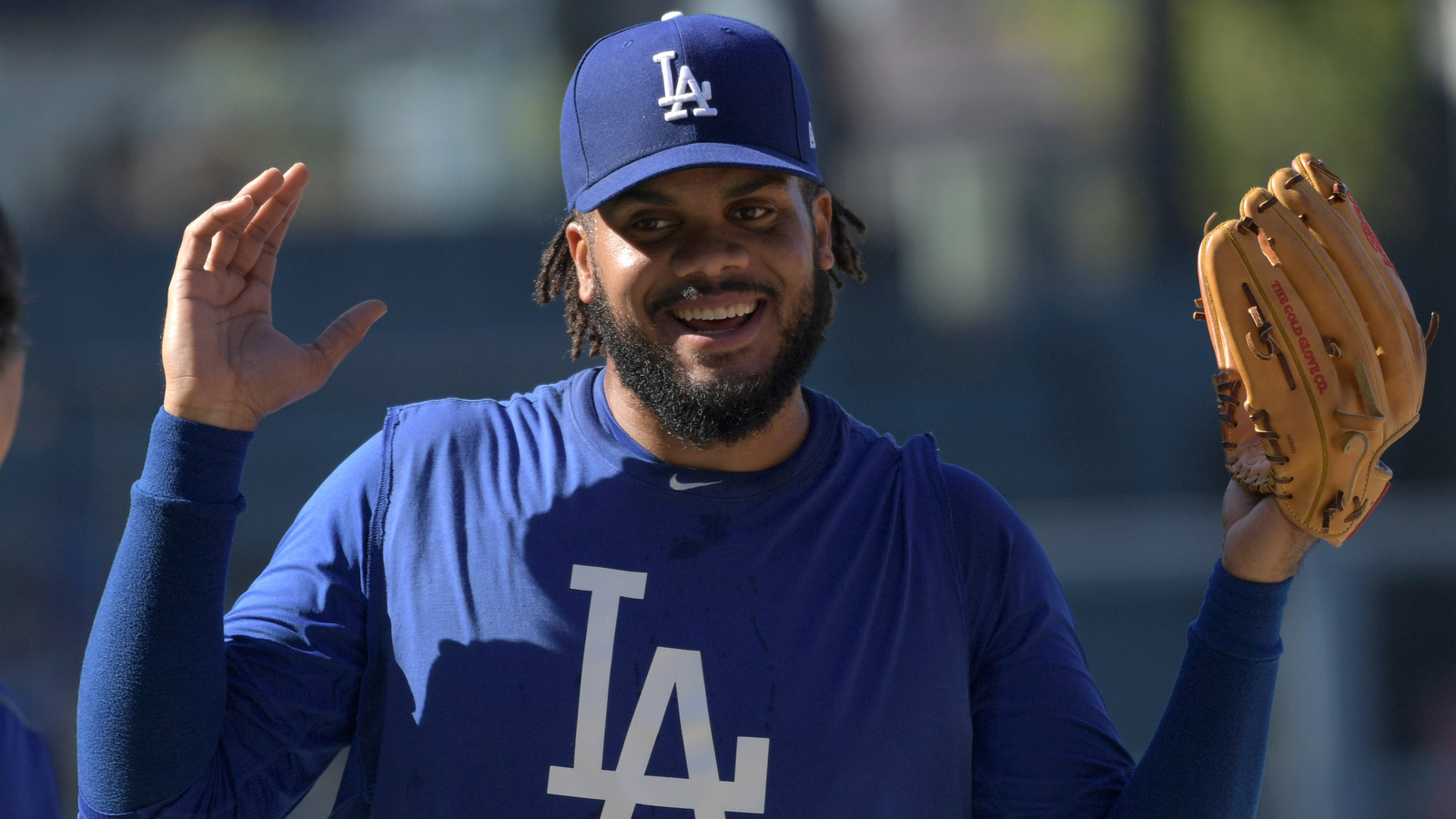
The most essential part of each MLB postseason team
With a pair of raucous Wild Card games in the books, it's time for the full MLB postseason series to begin. Whether it be a potent lineup, ace starting pitching, a lights-out relief corps or more, each team left standing will rely on some aspect of the roster to carry it through October.
Here is a look at the hill each MLB playoff team will either live or die upon as the full-fledged postseason gets underway.
Arizona Diamondbacks: The thumpers must thump
As they proved in the National League Wild Card game, Arizona can get runs as needed. If the Diamondbacks are to take down the Dodgers and move to the National League Division Series (and beyond), however, their core bats will need to keep the foot on the gas. This is especially vital since they do not possess the depth of pitching their contemporaries do.
Ten different D-backs reached double digits in home runs on the year, paced by J.D. Martinez’s 45, Paul Goldschmidt’s 36 and Jake Lamb’s 30. No other trio in the NL has the ability to make a more sudden impact, which is amplified by the launching pad that is Chase Field.
Boston Red Sox: Get the ball to Craig Kimbrel at any cost
In last year’s three-game postseason flameout, the Red Sox failed to deliver a single game to their ace closer in a condition in which he could influence the outcome. Whether it be the starting staff not withering and dying again (a 9.26 ERA and only 11.2 innings pitched) or the bats not carrying over into October again, Boston's best chance at moving on is giving Kimbrel — who just wrapped up his fourth career 35-save, sub-2.00 ERA season— a chance to determine the team's fate.

Chicago Cubs: Starting pitching must remain strong
The core strength of the Cubs' run to winning the World Series a year ago was not the offensive exploits of Kris Bryant or Anthony Rizzo, nor was it the shaman-like coaxing from Joe Maddon. It also wasn’t Aroldis Chapman looming in the bullpen, nor the defensive wizardry of Addison Russell or Jason Heyward. Instead it was the often-impenetrable performance from the starting pitching staff, so it should be no surprise that the best month of the year in Wrigley was based around that (mostly) same staff getting back on track.
Over the last month, Kyle Hendricks posted an ERA a full run lower than his already strong season total of 3.03. At the same time, John Lackey and Jose Quintana operated south of 3.00 over 10 combined starts. That's without accounting for the talents that are Jake Arrieta and Jon Lester. The bats are humming once again for the NL Central champions, but it will be the arms that ultimately win or lose the race.
Cleveland Indians: Continue doing the little things better than everyone else
They are remarkably efficient on offense, defense and on the mound. While not possessing the raw power of the Astros or Yankees, the Tribe can apply the pressure in more ways than either club. The Indians rank in the AL top five in OPS, extra-base hits, runs scored and stolen base percentage. On the mound, they led the AL in overall ERA, bullpen ERA, strikeouts, complete games, shutouts and save percentage. And if that wasn’t enough, they were the AL’s top defensive team as well.
Simply put, there is no easy crack to exploit in the Cleveland attack. A year ago, the pitching allowed 14 fewer runs than the eventual champion Cubs and did so without another comparable starter to Corey Kluber on staff. With the return of Carlos Carrasco and the improvements of both Trevor Bauer and Mike Clevinger, the starting pitching could be even better. The Andrew Miller, Cody Allen and Bryan Shaw three-headed bullpen monster is still intact. Likewise, Jose Ramirez and Francisco Lindor have taken strides forward amid a much more formidable lineup featuring Michael Brantley, Jay Bruce and Edwin Encarnacion — players who weren't available a year ago.
It may feel a bit vanilla to say, but the Indians just need to keep on doing, well, everything slightly better than everybody else.
Houston Astros: Keep swarming at the plate
The revitalization of Justin Verlander and returns to health by Dallas Keuchel and Lance McCullers Jr. helped steady the rough waves of the second half in Houston. However, it was a revival from the potent lineup that made the Astros the AL’s top team in the first half of the year that truly pulled the them back into peak form as the postseason drew near.
Led by AL batting champ Jose Altuve, the Astros topped the majors in hitting at .282, as well as runs scored, doubles and OPS. In addition, the club checked in second in total home runs, behind only the Yankees. George Springer’s 34 long balls led the way for a club that has four 20-homer bats and eight overall who topped 15. This is a club that can put the pressure on in a hurry and turn the tables in the type of immediate fashion that is needed in the often pitching-heavy postseason series.

Los Angeles Dodgers: Win with the bullpen
While the depth of their everyday lineup is impressive, as is the Clayton Kershaw-led, star-studded stable of starters, the Dodgers' key to breaking through to the World Series for the first time since 1988 runs through the late arms, not the early ones.
Aside from Kershaw, who put to bed any questions regarding his postseason abilities last year, the Los Angeles rotation is a secondary attraction compared to the bullpen. Yes, Kershaw, Alex Wood, Rich Hill and Yu Darvish are more than capable of carrying the load, but with the talent on the back end, they won't necessarily be asked to. Instead, the starting rotation will likely be asked to give five of its best innings and then get out of the way.
Between Brandon Morrow, Tony Watson, Josh Fields and Luis Avilan, the Dodgers have a powerhouse of bullpen arms built to set the table for Kenley Jansen, who could very well be the biggest X-factor on the NL side of the postseason proceedings. As he proved last year, Jansen is capable of going two innings to get the job done and enters the playoffs as arguably the most dominant closer in the game. This presents the ominous option of Dave Roberts being able to twice call on seven innings from Kershaw and then two from Jansen in both the first and final game of a series.
New York Yankees: Make missing bats a habit
With all due respect to a New York lineup that is boasts four consecutive 20-homer bats in the first four slots of its lineup, the key to success for the Yankees does not fall on Aaron Judge, Gary Sanchez, Brett Gardner and Didi Gregorius. Rather it will be how many bats the pitchers can miss on the mound.
As the Yanks proved in running down the Twins after a hot start in the AL Wild Card game, they can chase down a team at the plate. They led all of baseball in home runs this season, so that is to be expected. However, what was also affirmed in Tuesday’s "play-in game" is that they can absolutely shut down an opponent as well by simply removing the chance of putting the ball in play. The New York bullpen struck out 13 Twins over eight innings, the most in a postseason game since 1985.
Eight current Yankees pitchers averaged more than 10 strikeouts per nine innings this year. Their five relief aces — Aroldis Chapman, David Robertson, Tommy Kahnle, Chad Green and Dellin Betances — each averaged more than 12 per game. It is an overwhelming collection of arms that could simply allow the Yankees to protect any lead and escape any situation.
Washington Nationals: Scherzer, Strasburg and Gio must be ready to roll
To say that October has been a problematic time for the Nationals would be a great understatement. While the timely return of Bryce Harper is a godsend for a lineup that had its worst offensive month of the year in September, the Nationals’ fate depends on the pitching, not the hitting. The performances of Max Scherzer, Stephen Strasburg, Gio Gonzalez and likely Tanner Roark in the starting rotation are of the utmost importance for a Washington team looking to finally live up to October expectations.
No other team boasts a trio of arms as impressive as the combined year the leaders of the Washington rotation put together. Scherzer, Strasburg and Gonzalez combined for a 46-18 record with a 2.66 ERA and 64 quality starts out of 98 combined outings. Having Strasburg available in the postseason for the first time since 2014 is an undeniable plus, while Gonzalez is coming in on the heels of his best year since his 2012 breakout campaign. The upside of Scherzer goes without saying, although the extent of his availability is in question after a hamstring injury forced him from his final regular-season start.
However, if things do come together and the Nats' arms are ready to perform, they are instantly the most dangerous rotation in the NL field and can make the difference in finally pulling the Nationals over the hump of the NLDS.
More must-reads:
- Yankees troll Indians before ALDS by touting LeBron James’ fandom
- MLB teams with the most at stake this postseason
- The 'AL & NL Rookie of the Year' quiz
Breaking News
Trending News
Customize Your Newsletter
 +
+
Get the latest news and rumors, customized to your favorite sports and teams. Emailed daily. Always free!








